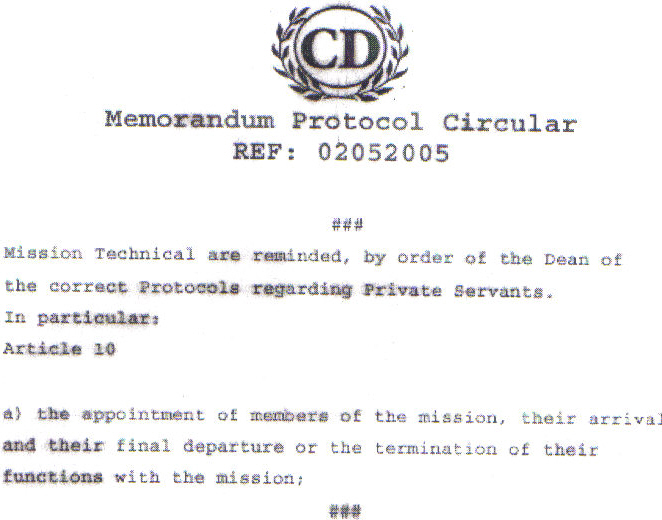3. Office work
Millions of people work in offices and the way they carry out work has vastly changed over the last thirty five years.
Office worker in 1980
 |
| courtesy of Wikimedia Commons |
There were no computers for general office use and so documents were paper based.
There was no email and so communication was done face-to-face, by paper memorandum, letters and the telephone.
Most people could not type - they had no need to, apart from professional writers such as journalists. Typing was a specialist skill aquired by trained secretaries. If a report was to be made, then it was written out in long hand and passed to a secretary for typing up. Another way was to dictate the letter on tape, then the secretary once again typed it up.
There were no spreadsheets and so sales figures and calculations were done by hand.
Then the 'personal computer' was developed, for example the Commodore PET and the IBM PC. Once these appeared, office work would never be the same again.
Office worker in 2015
Computers
 How things have changed. In a typical office, the person will have a computer terminal in front of them. This machine is pre-loaded with a suite of office tools - word processor, spreadsheet, databases and other specialist software relevant to their job.
How things have changed. In a typical office, the person will have a computer terminal in front of them. This machine is pre-loaded with a suite of office tools - word processor, spreadsheet, databases and other specialist software relevant to their job.
Shared files and printing
This computer will be networked and so workers can easily exchange files via the networked file server. Typing is now an expected skill as most documents are written up directly by the worker. Documents are output to a network printer that other workers share. A spreadsheet can handle a vast amount of data for example sales figures and production details. Complex calculations on the figures are easy to set up along with professional graphing and presentation.
Networks and the Cloud
Networks are now commonplace. A typical office will have a Local Area Network (LAN) and larger organisation will have a Wide Area Network (WAN) than may span the planet, so regional offices can communicate and share files. Wi-Fi allows laptops, smart phones and tablets to be used away from a hard wired network socket.
Files and services are now available from vast off-site data centres, commonly called cloud services.
Internet and Intranets
The worker can connect to the internet with a web browser and access millions of websites - apart from the ones that the company has firewall filters for e.g. social and sport sites are often blocked to discourage time-wasting. Many companies have an internal web server, this is an intranet.
Communication
There are many ways to communicate - land line telephone, mobile phone, VOIP video calls, Instant Messaging (IM), SMS text, email, social networks private messaging.
Challenge see if you can find out one extra fact on this topic that we haven't already told you
Click on this link: Office tools
